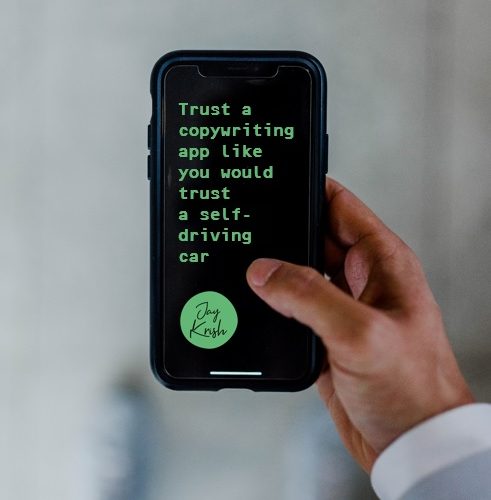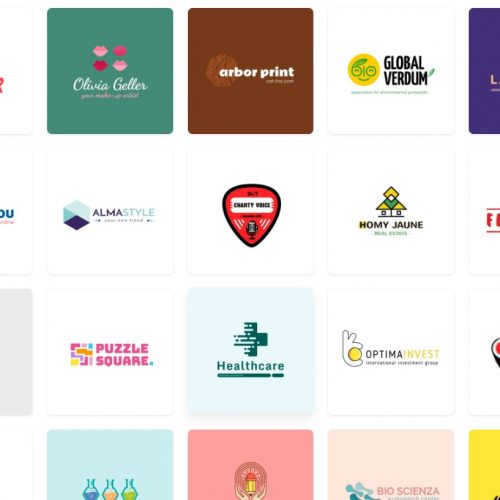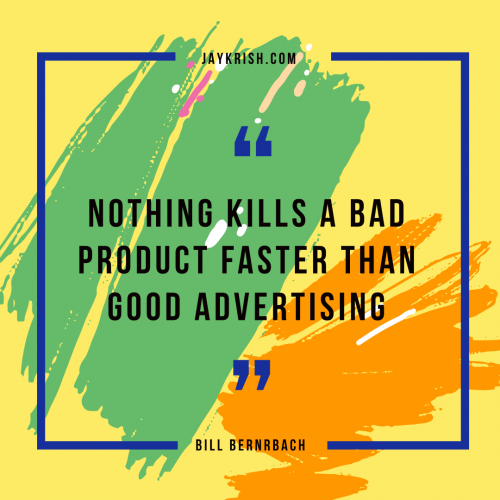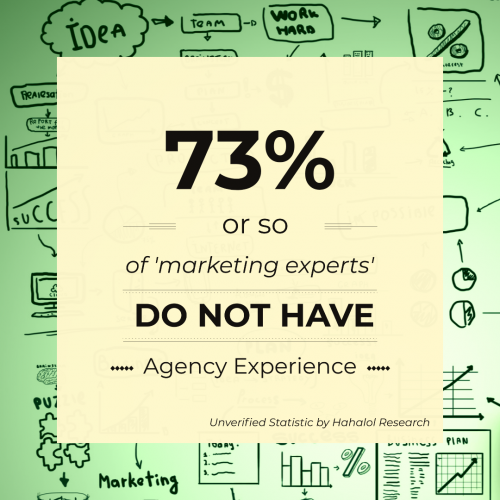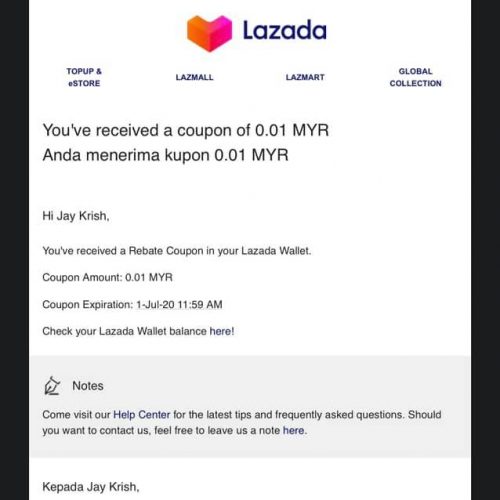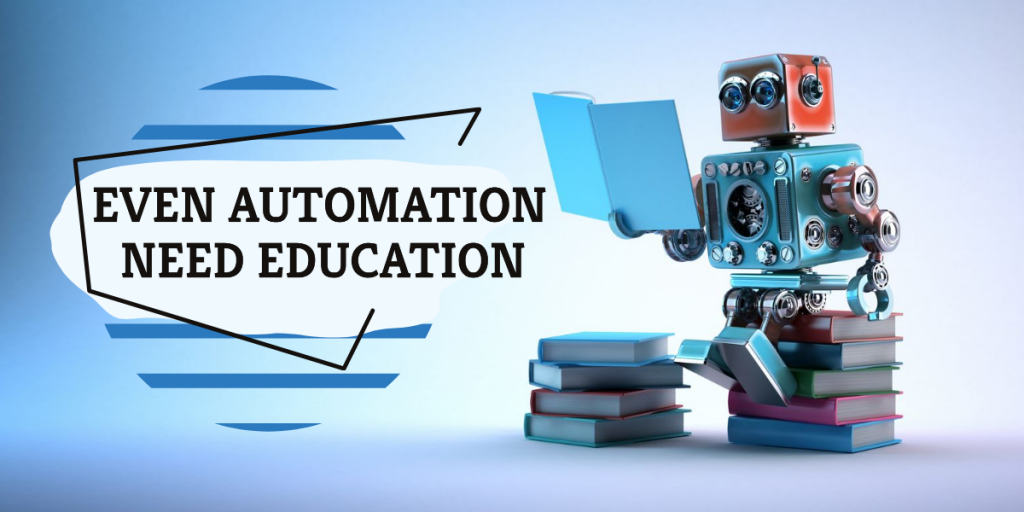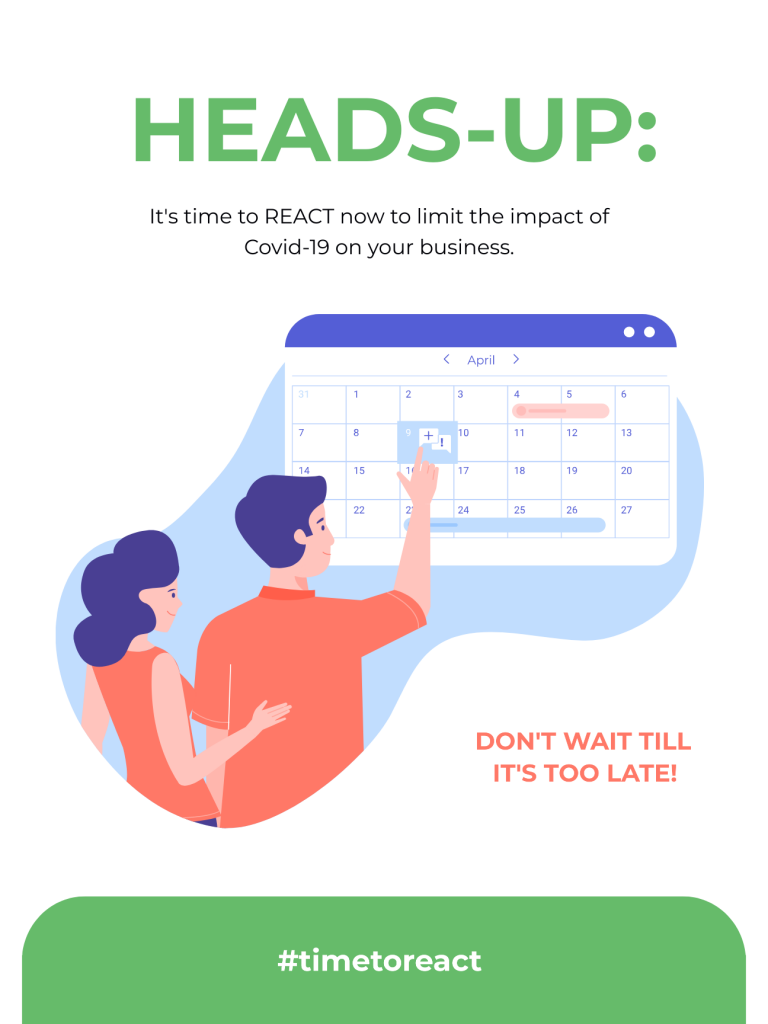One of the greatest mistakes one can do is ask a copywriter – or any kind of writer for that matter – to speak.
But hey, since we are living in abnormal times, I did a little bit of speaking recently in my capacity as a copywriter and content creator.
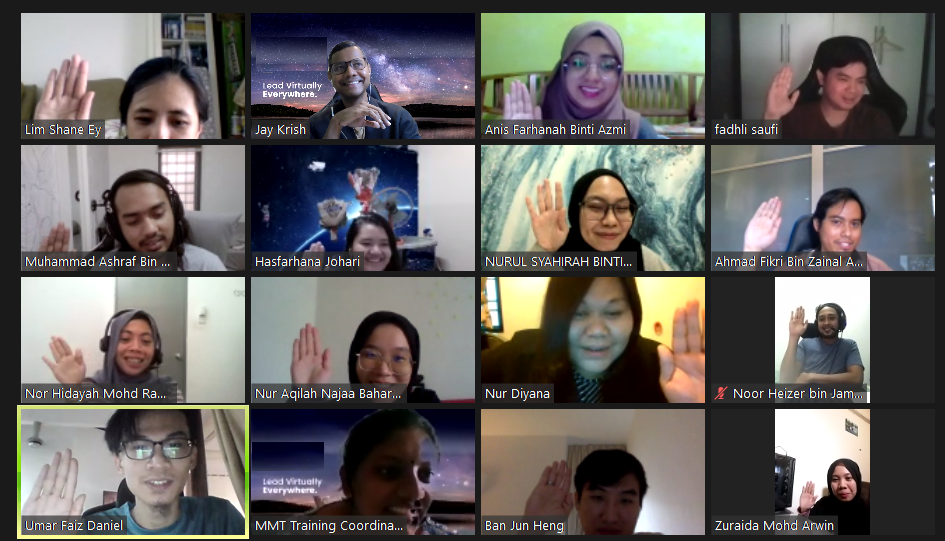
Close to a hundred participants got my take on Content Marketing for 8 hours a day for two full days, across 4 separate sessions. That’s 64 hours of speaking, facilitating, transferring knowledge and of course reminding participants to keep their video feed on.
And in the end, it was my audiences that re-schooled me of a fundamental marketing premise that is constantly taken for granted:
Great Content is Nothing,
If it’s for the Wrong Audience
Yes, I did speak about content marketing, but it wasn’t for an audience that was very interested in the subject matter. Let me skip the whys and hows of this predicament and get to the matter at hand.
I spent days perfecting the PowerPoint; making it as informative, engaging and structured as possible for beginners to grasp. Do note that my knowledge is a clutter of unstructured information I have amassed over the years that needed to be organised, tweaked and moulded into a presentable form – this was my first time conducting an official training mind you.
Ultimately, I was quite happy with the deck, and thought with my (ahem!) wit and charm can sail through.
And for the most part, I did deliver a solid first performance. All was well.
Then, the second batch came aboard a week later. I could not for the life of me get through to them. Participation was almost nil and they all looked like they rather be watching yet another pandemic PSA.
Same content, different set of audience – but completely different results.
Based on the first session, I knew the training content works. So, it was still the right message, but to a wrong audience.
And we all know that getting the right message to the right audience is the key to effective communication. Somehow, I completely misjudged this and assumed that my content alone would be enough to see me through no matter who is in the audience.
But I did manage to somehow salvage the situation by way of changing tactic. After the morning break I versioned the delivery of the content and not stick to the script.
Needless to say, I was more prepared for the following two sessions by varying the presentation and delivery, yet it was the same deck I prepared initially.

Same content, different points-of-emphasis and delivery based on the audience at hand helped to ensure consistent results.
And this same premise can and should be applied to all marketing communications.
Gone are the days when we used to force the same message across all channels in a campaign. Understanding the target audience, and thereafter customising the message – while keeping the essence – is imperative to engage and compel.
A much-needed reminder in this day and age of long-tail audiences and multi-faceted channels.
Here are 5 tips on how to ensure your main communication message appeals to varying target audiences:
- Fail First
Like how I failed with my second batch of training audience, it was a necessary step for me to analyse the audience I was speaking to, hence forcing a re-evaluation and re-thinking of message delivery.
- Test Often
Split and A/B testing is much needed to help fine-tune messages, so it speaks directly to the intended audience. This is also a necessary step that provides valuable insights to identify the characteristics of varying target segments.
- Guesswork Out
There’s only so much analysis, studying and tweaking you can do. Nothing is certain until you put your content out there and use the feedback to make versions that target different sub-segments.
- Pin-Point Pain Points
Nothing works better in marketing communications than being able to identify the pain points of your audiences. Best part? Each pain point allows for versioning of the message for added appeal.
- Be Flexible
There will always be a new sub target segment that you didn’t know existed. That’s lost opportunities by ignoring a potentially profitable subset of the market. Always test new variations to seek out such audiences.

